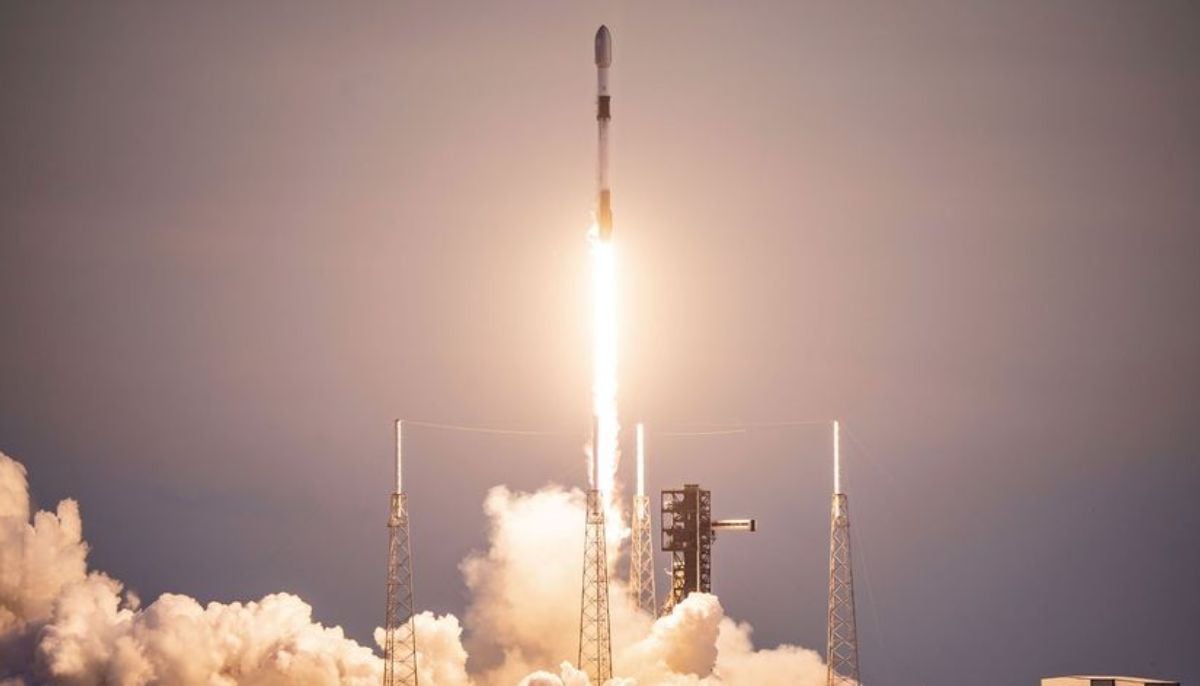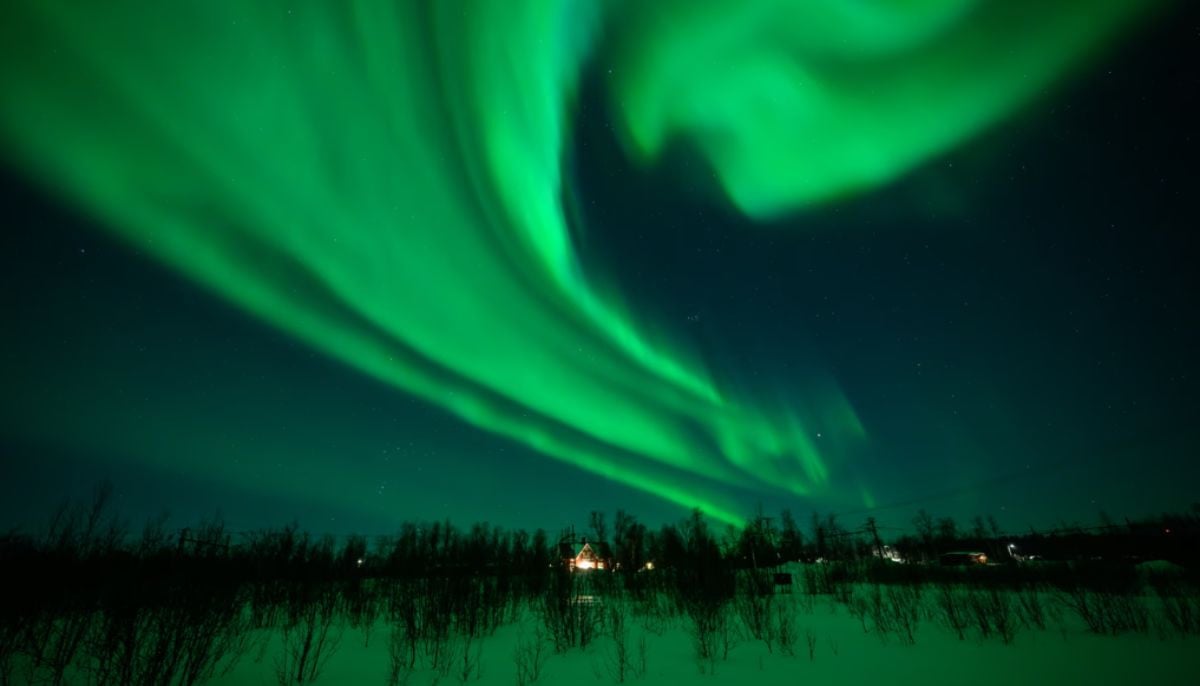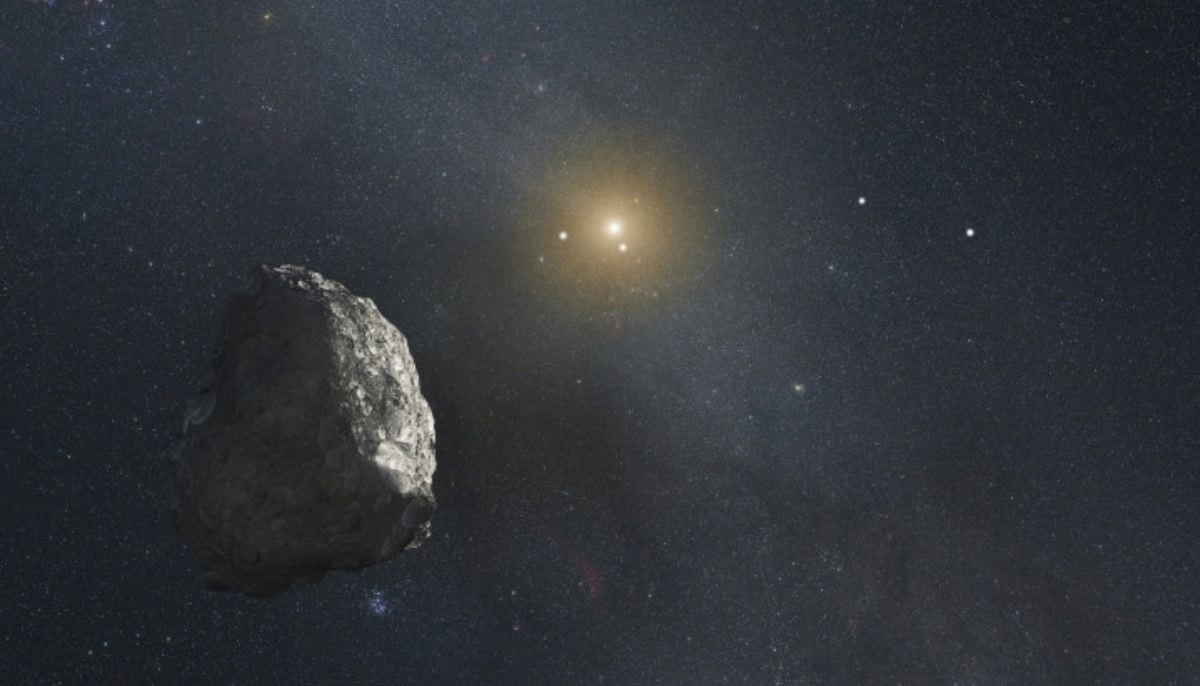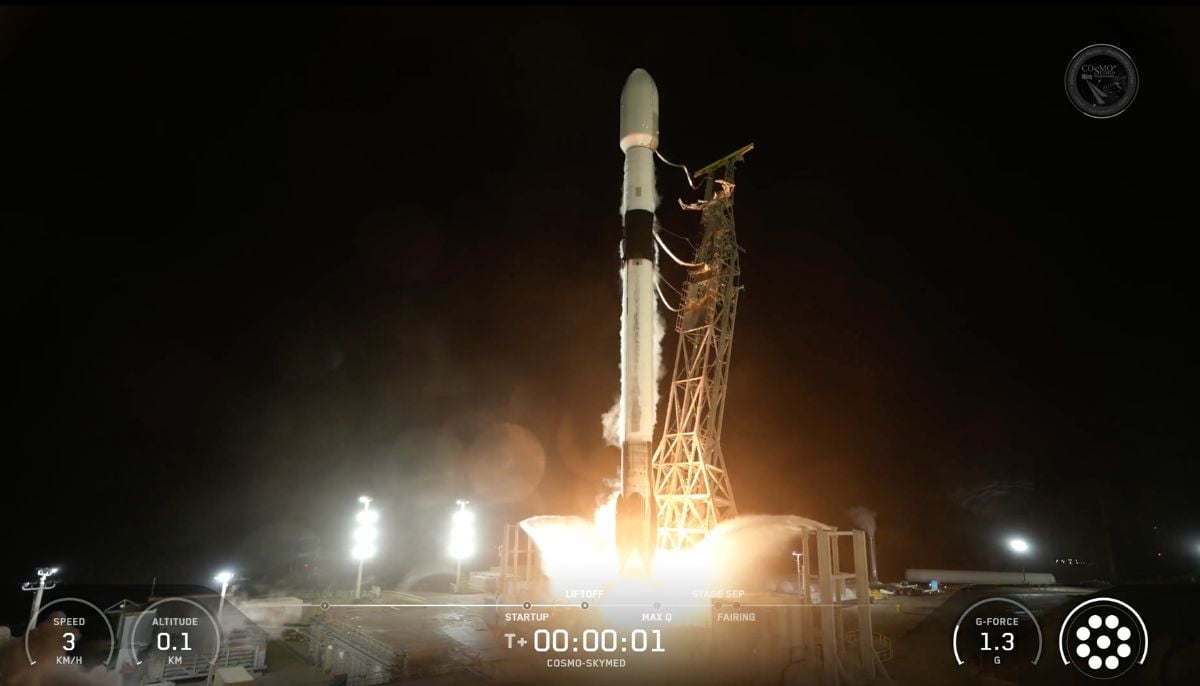WhatsApp improves user interface with this new update
Instant messaging app rolls out a new update that aligns with latest Material Design 3 guidelines
WhatsApp, which is used by millions of users worldwide, is known for improving the user experience as it continues to bring new updates and features.
This time, the instant messaging app announced that it was rolling out a new update that aligns with the latest Material Design 3 guidelines.
According to WaBetaInfo, the instant messaging app is bringing the update to some beta testers as of now which is called "rounded alerts". However, more users will be able to use it in the coming weeks.
WhatsApp, which announced to release tweaked interface by bringing redesigned switches and floating action buttons, said that these elements are following the Material Design 3 guidelines.
These new updates will enhance the user experience as the new look is a lot different from the previous one with round edges. The new appearance looks modern as well as improves the experience overall.
"It’s important to note that any alert within the app has been redesigned, not just the one shown in the attached screenshot," said the app-tracking website.
The messaging app will continue to bring new changes to change the entire application for beta testers.
Those who install the latest WhatsApp beta for Android updates from the Google Play Store will be able to use this new update. However, more people will find the update on their phones in the near future.
-
Watch: Beautiful northern lights dazzling over Greenland's skies
-
Wildfires are polluting our environment more than we thought: Find out how
-
3I/ATLAS flyby: Why is Jupiter’s 96th Moon drawing intense scientific interest?
-
NASA spacewalk 2026: Medical issue prompts rare talk of early ISS crew return
-
Comet 3I/ATLAS: Scientists examining images they cannot easily explain
-
Wolf Moon 2026: Will the full moon outshine the Quadrantid meteor shower?
-
SpaceX mission 2026: The Italian radar satellite takes its first orbital flight
-
Solar Eclipse 2026: When and where Europe will see total eclipse













